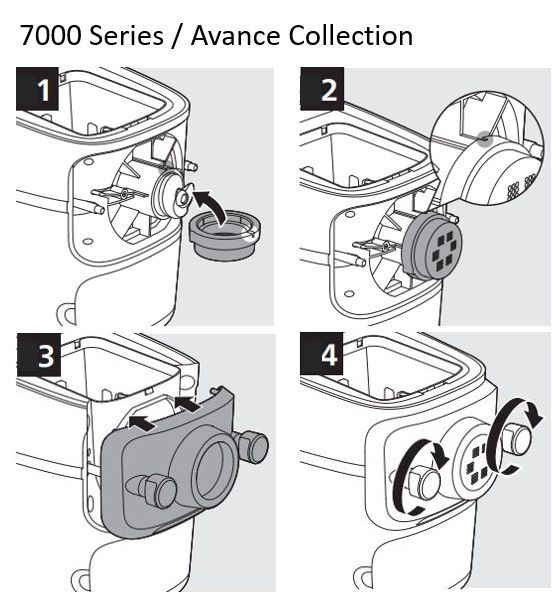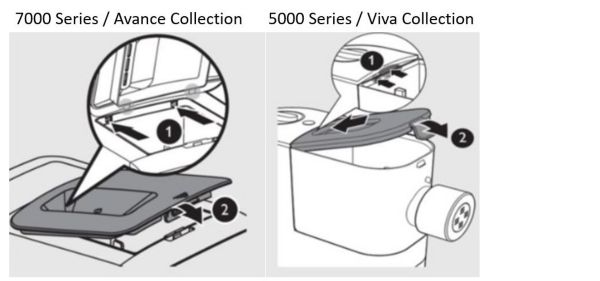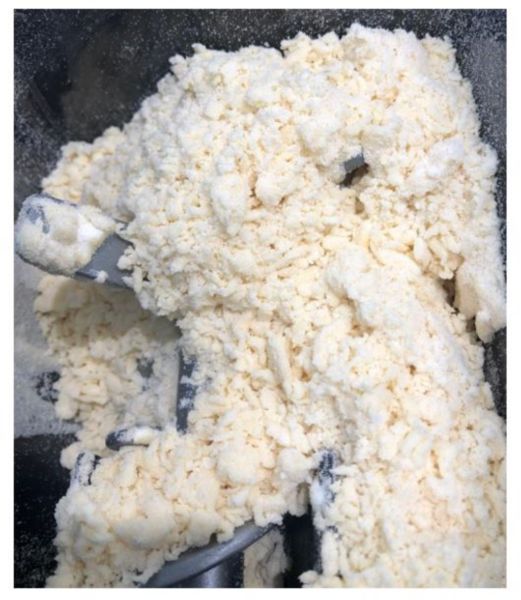Philips Support
My Philips pasta maker does not work / stopped working
Published on 25 August 2023
If your Philips Pasta Maker does not work, makes alarm sounds or the mixing chamber lid is detached/pushed open during use, please follow the steps below to solve the issue.
-
Please make sure the plug of your Pasta Maker is correctly inserted into the socket. Check other power plugs in case the used one does not work and check other devices at the same socket. -
In this case, disconnect the appliance from the power source, and allow it to cool down for at least 60 minutes. To better protect the lifetime of your Pasta Maker, we always recommend stopping the device for 15 minutes if it was used for 45 minutes continuously. -
If the front panel or the shaping disc are not properly assembled, a safety switch will prevent the appliance from working.
Always ensure that the shaping disc is firmly fixed on the disc holder and the inner cavity of the shaping disc and disc holder are properly fitted. Attach the front panel and fasten the front panel knobs completely. -
If the mixing chamber lid is not properly assembled, a safety switch will prevent the appliance from working.
Ensure that the safety pins are fully inserted in the respective safety pin holes (1 in picture below) and push down the mixing chamber lid until you hear a clicking sound (2 in picture below).
If the lid is opened during kneading or extruding, the Pasta Maker will stop for safety reasons. After closing the lid, you need to press the start/pause button again. -
Philips Pasta Maker with Auto-weighing function
If you insert too much or too little flour into the mixing chamber, the weight indication on the display will remain flashing and the device will not start kneading.
Please always pour at least 200g (1.7 cups or 7 oz) but not more than 600g (5.0 cups or 21 oz) into the mixing chamber (for HR2353, HR2354, HR2358, the maximum flour amount is 500 g or 17.5 oz).
Philips Pasta Maker without Auto-weighing function
If the Pasta Maker stops during use, there might be too much flour in the mixing chamber. If there is too little flour inserted, the device will still start but the pasta result will not be satisfying.
Please follow the recommended maximum amount of flour:- 500 g (17.6 oz - this equals 2x Philips flour cups) for 7000 Series / Avance Collection HR2330, HR2331, HR2355 - HR2357, HR2365, HR2369, HR2375, HR2378 and HR2660
- 400 g (14 oz - this equals 2x Philips flour cups) for 5000 Series / Viva Collection HR2332 – HR2336, HR2342, HR2345, HR2370 – HR2372
-
If the dough is too wet or too dry, the Pasta Maker needs a higher force to knead the dough causing the device to stop.
In this case, discard the dough and re-start the pasta making after a break of 60 minutes to cool down the device. Ensure to follow the correct liquid to flour ratios as indicated in the User Manual. Use a kitchen scale to accurately measure the liquid and the flour.
Note: It is very important that the flour/liquid ratio is correct, so that the dough shows crumbly consistency. -
Disconnect the Pasta Maker from the power source, open the mixing chamber lid and remove the foreign objects. If necessary, discard the dough and restart the pasta making. -
To prepare the pasta dough, the automatic pasta program needs to be selected.
The extrusion only program applies when there is leftover dough in the mixing chamber, and you want some extra extrusion.
Important: Do not select the extrusion only program before the dough mixing is completed. Otherwise, this will damage the Pasta Maker.
Did these steps not solve the issue? Please contact us for further assistance.
Contact Philips









